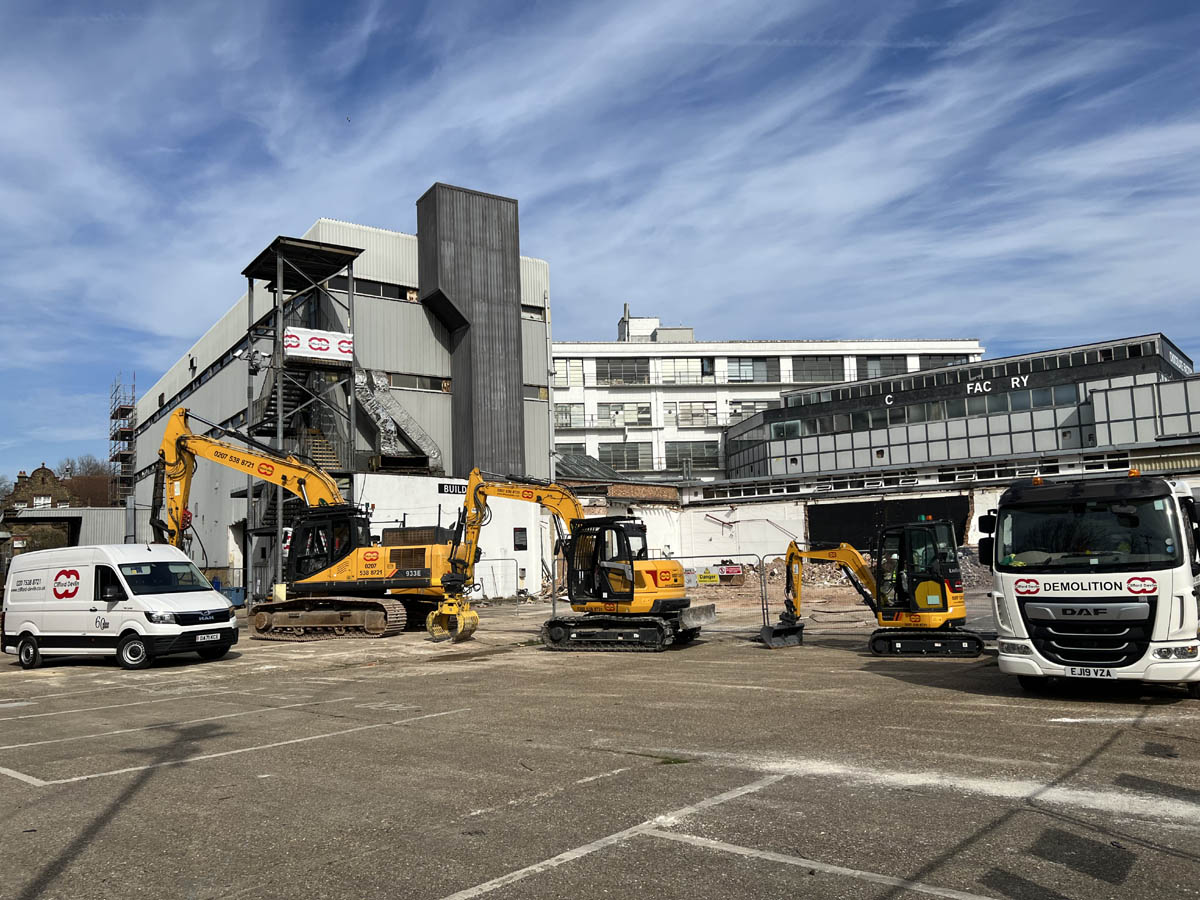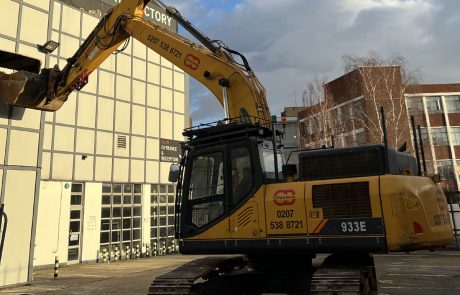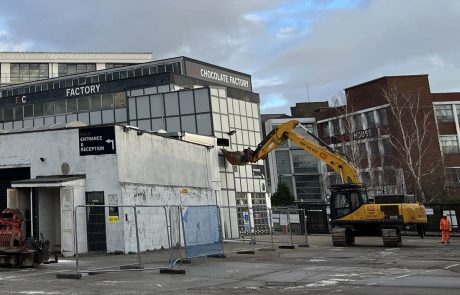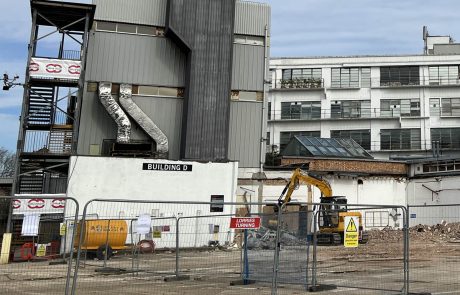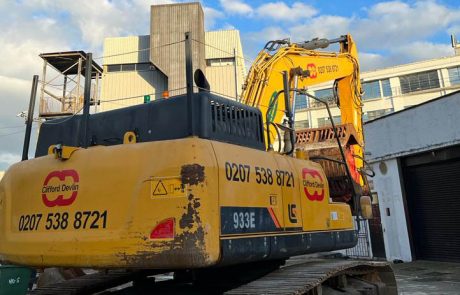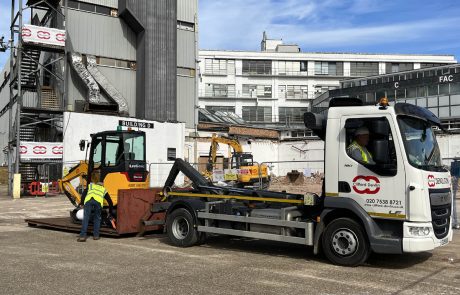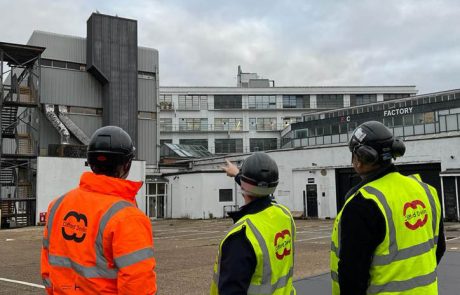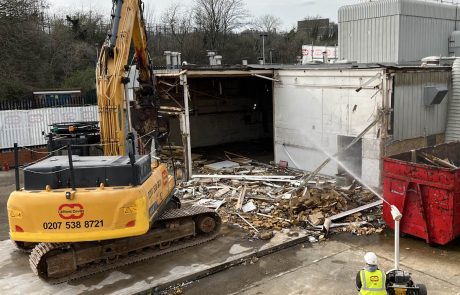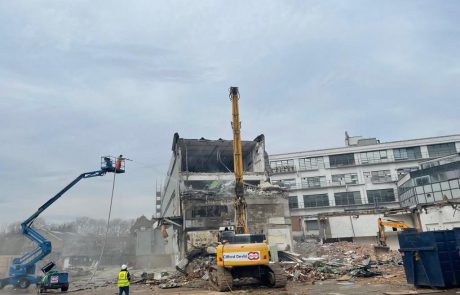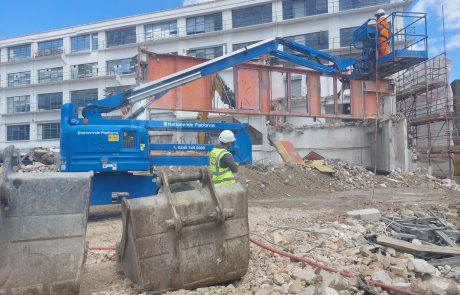Discipline: Asbestos Removal / Demolition
Duration: 22 weeks
Client: Workspace
Location: London N22
Value: 912k
Clifford Devlin were appointed to carry out the demolition of four buildings within the Workspace site ‘The Chocolate Factory’.
The works comprised preliminary soft strip prior to removal of asbestos containing materials identified in the R & D survey, soft stripping of all structures, scaffold erection, demolition of all structures down to ground slab level, site clearance and crushing of materials for levelling of site following works.
Our Demolition project manager coordinated the interface between the companies divisions. Through liaison with the Contracts Manager and Operations Director, he was able to re-programme the project to allow the Asbestos team to work through the survey contents, whilst also enabling a meaningful start for the demolition team in the areas of limited contamination.
This joined up approach ensured maximum delay mitigation for the client and ensured that the project was delivered safely as early as possible.
The enabling works involved removal of asbestos roof sheets, insulating board and sprayed insulation from columns and beams (using quilling) and strip-out of partitions, furniture floor coverings and M&E fixtures/fittings.
Significant environmental controls were implemented to reduce disturbance and disruption to occupied offices on site.
The project had technical challenges as it contained high reach demolition of a 26m concrete frame, which was attached to an occupied live block and next to a live primary school. This called for precise work to perform the separations from both the retained live block as well as the school façade scaffold. It also contained mid reach demolition of both a brick built structure and a steel portal frame.
The latter formed the redline boundary to the pavement of a busy street, therefore we had to conduct hand demolition in short term pavement closures to enable our hoarding to be installed and the footpath maintained, particularly for school pick up.
The last building in the sequence was building A, which was connected by a bridge section and fire escape.
The project called for this fire escape to be maintained at all times and for the retained sections of the structure to be supported by temporary works.
Due to the sensitive nature of the project, with so many schools, vulnerable people and adjoining businesses, we featured heavily in the projects monthly neighbourhood liaison meetings.
These were conducted by the local councillor and provided a forum for impacted local stakeholders to ask questions as well as providing the facility for us to provide them with updates relating to project sequencing.


